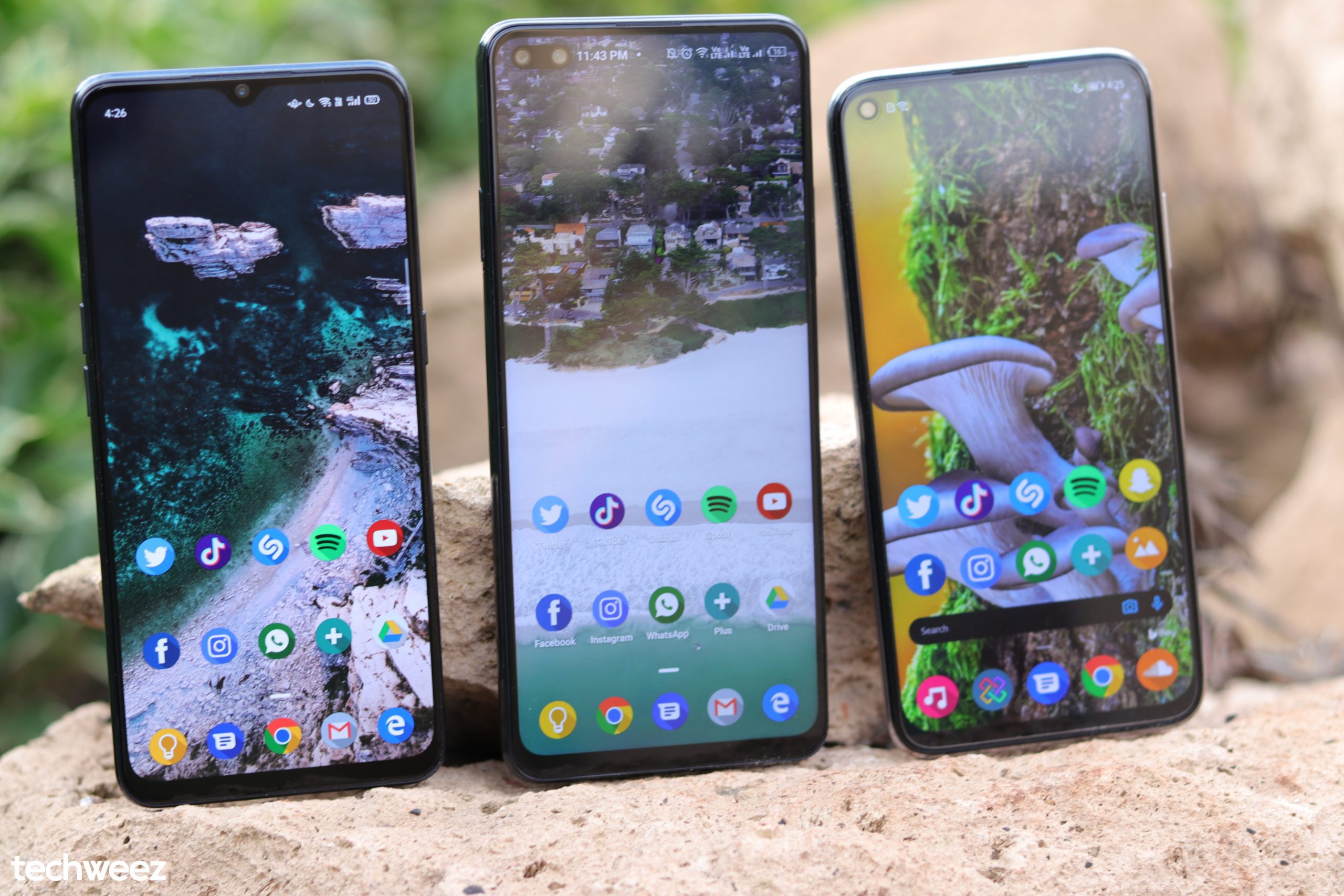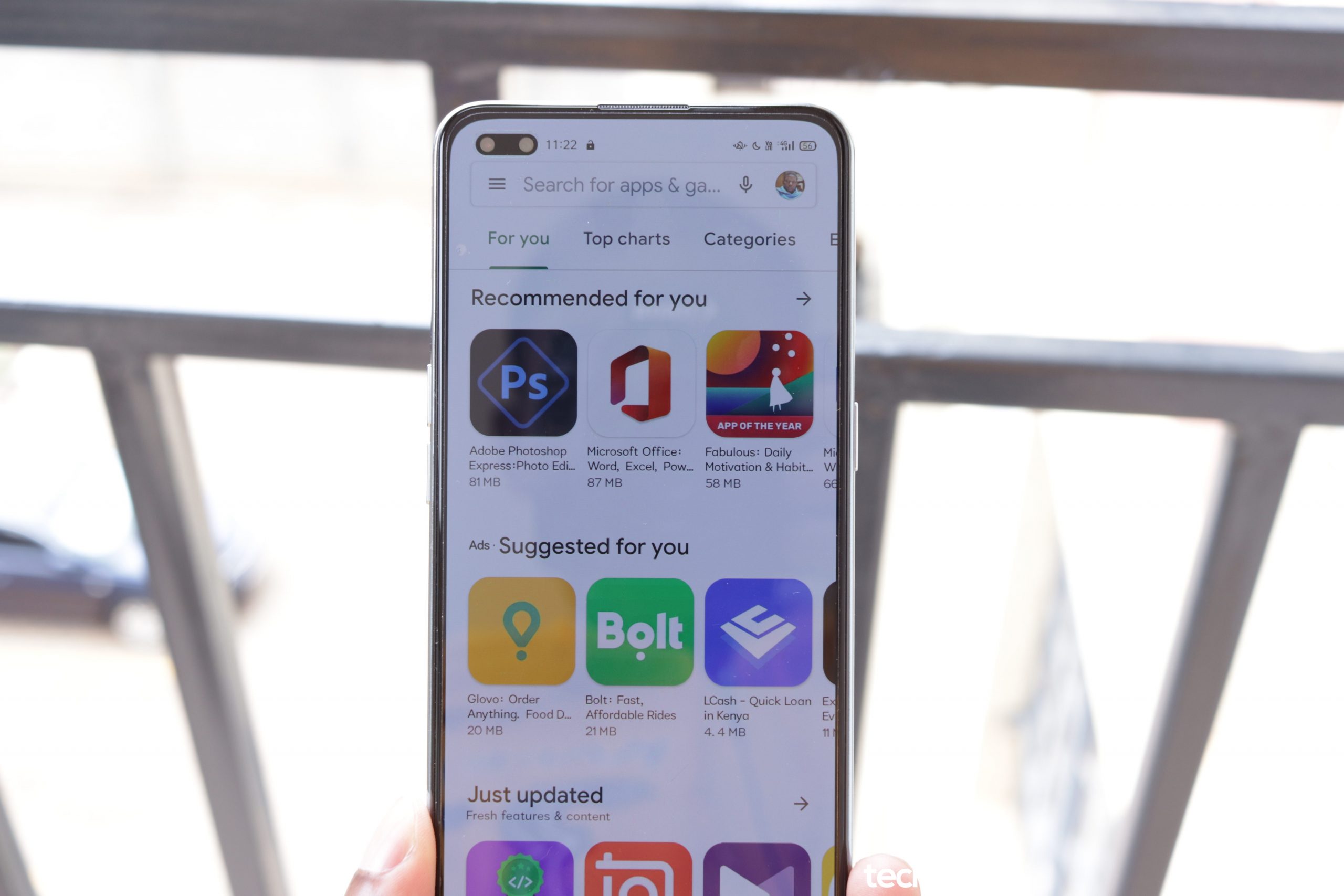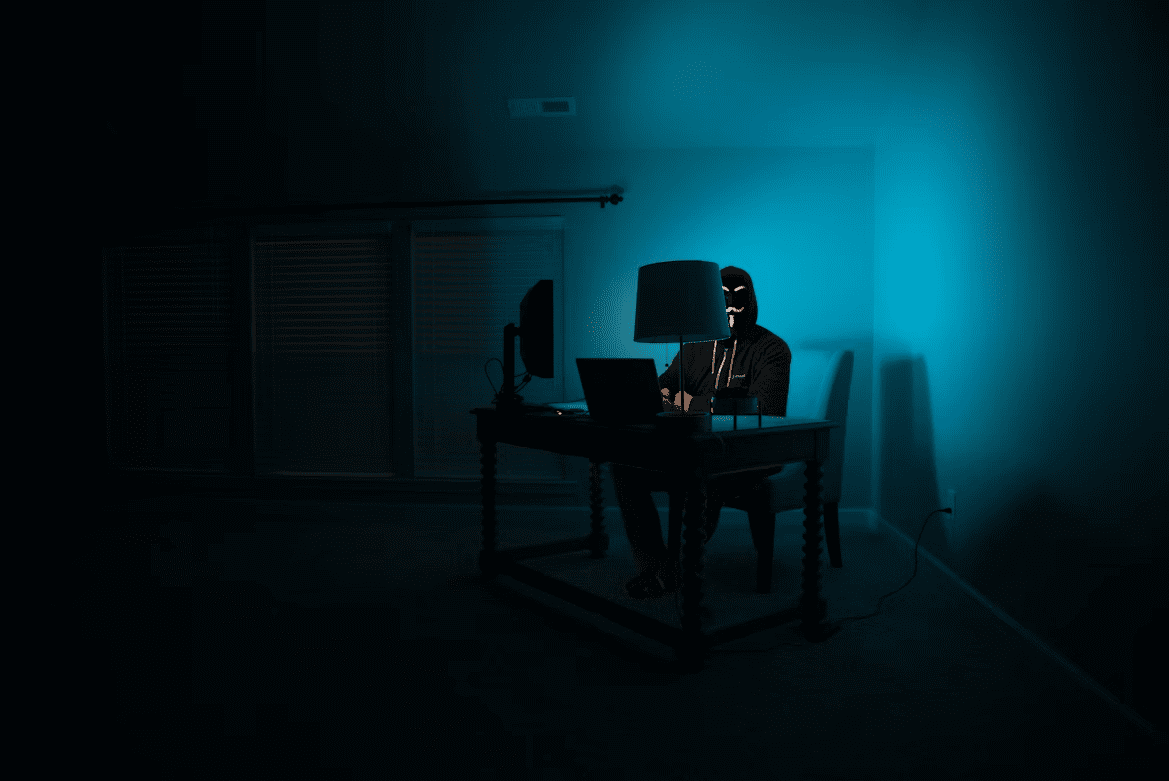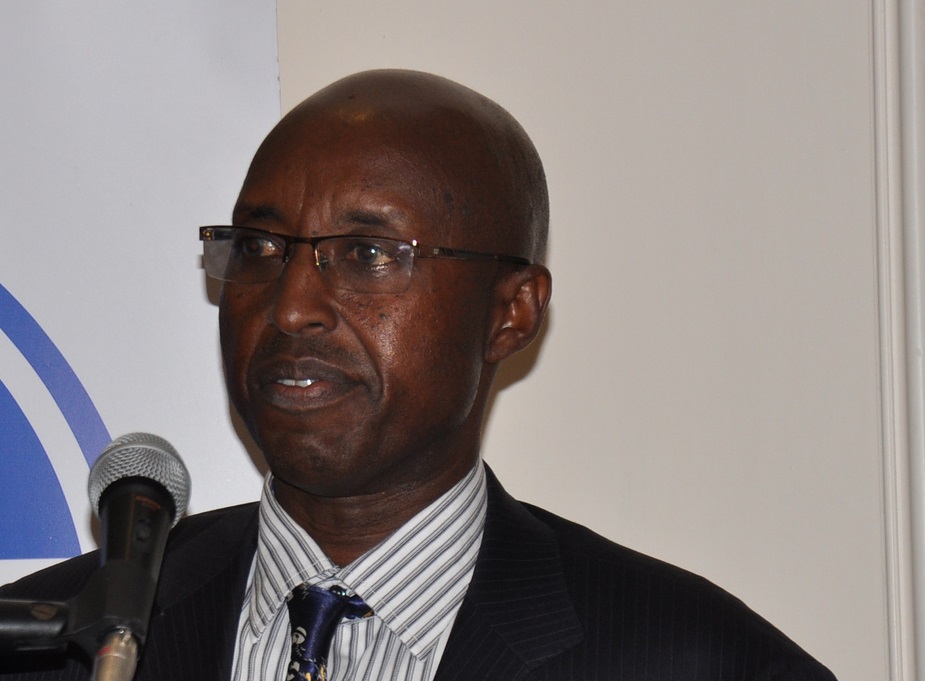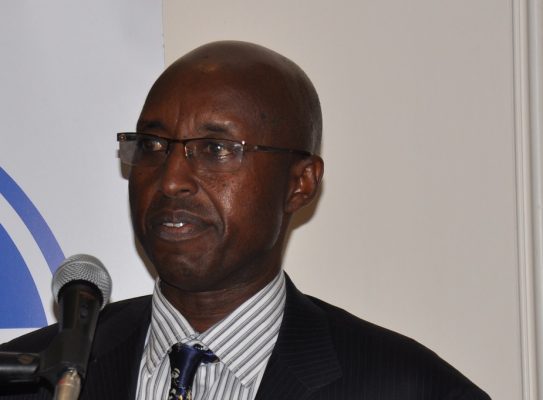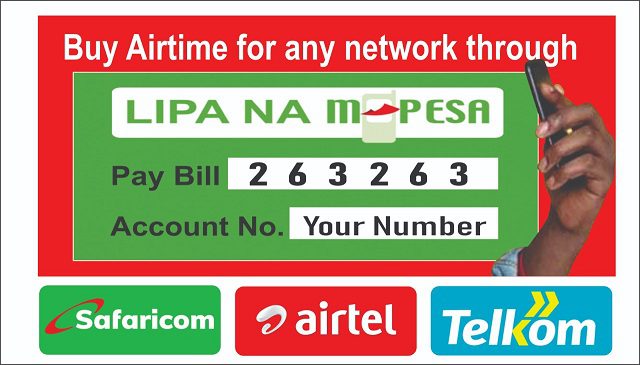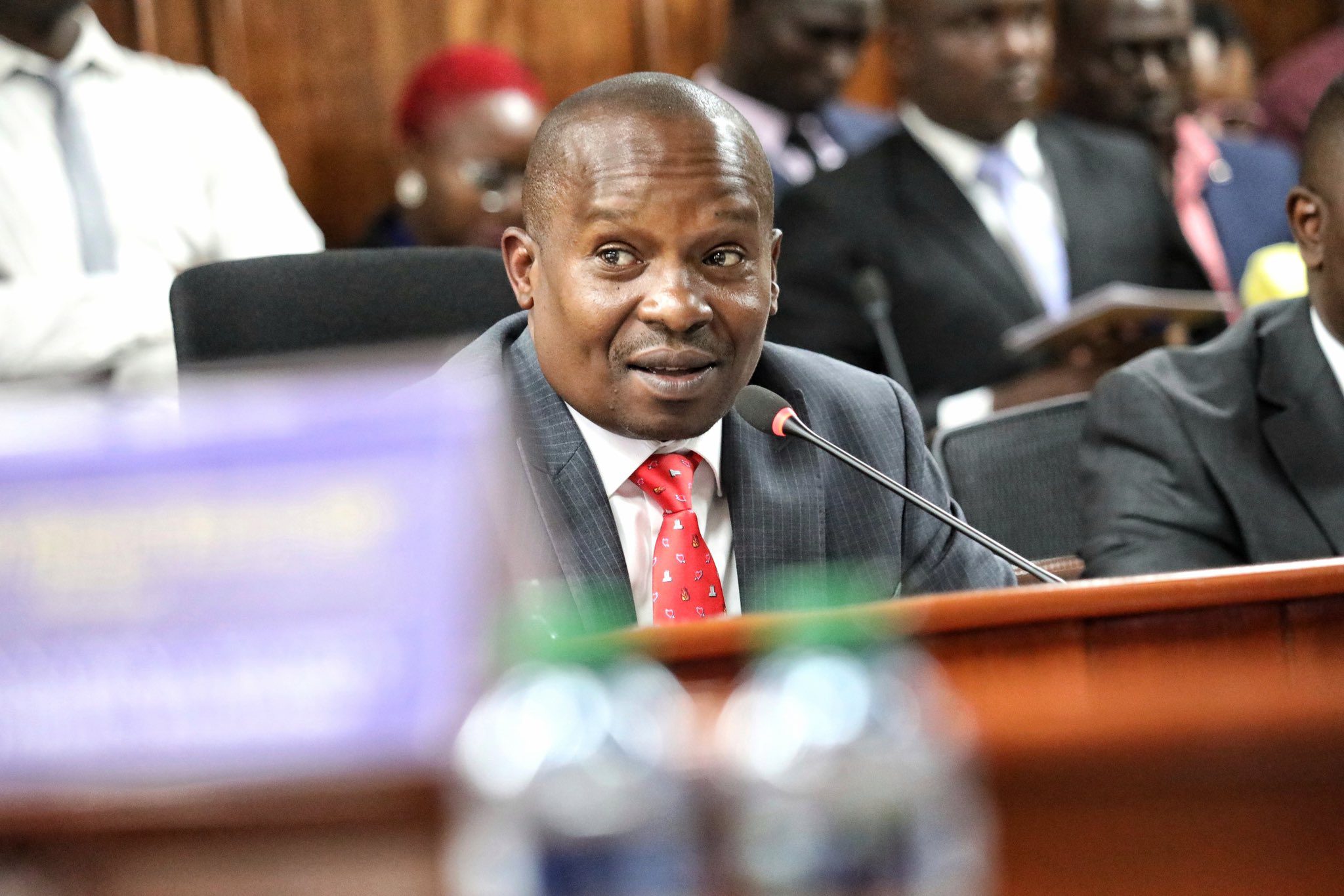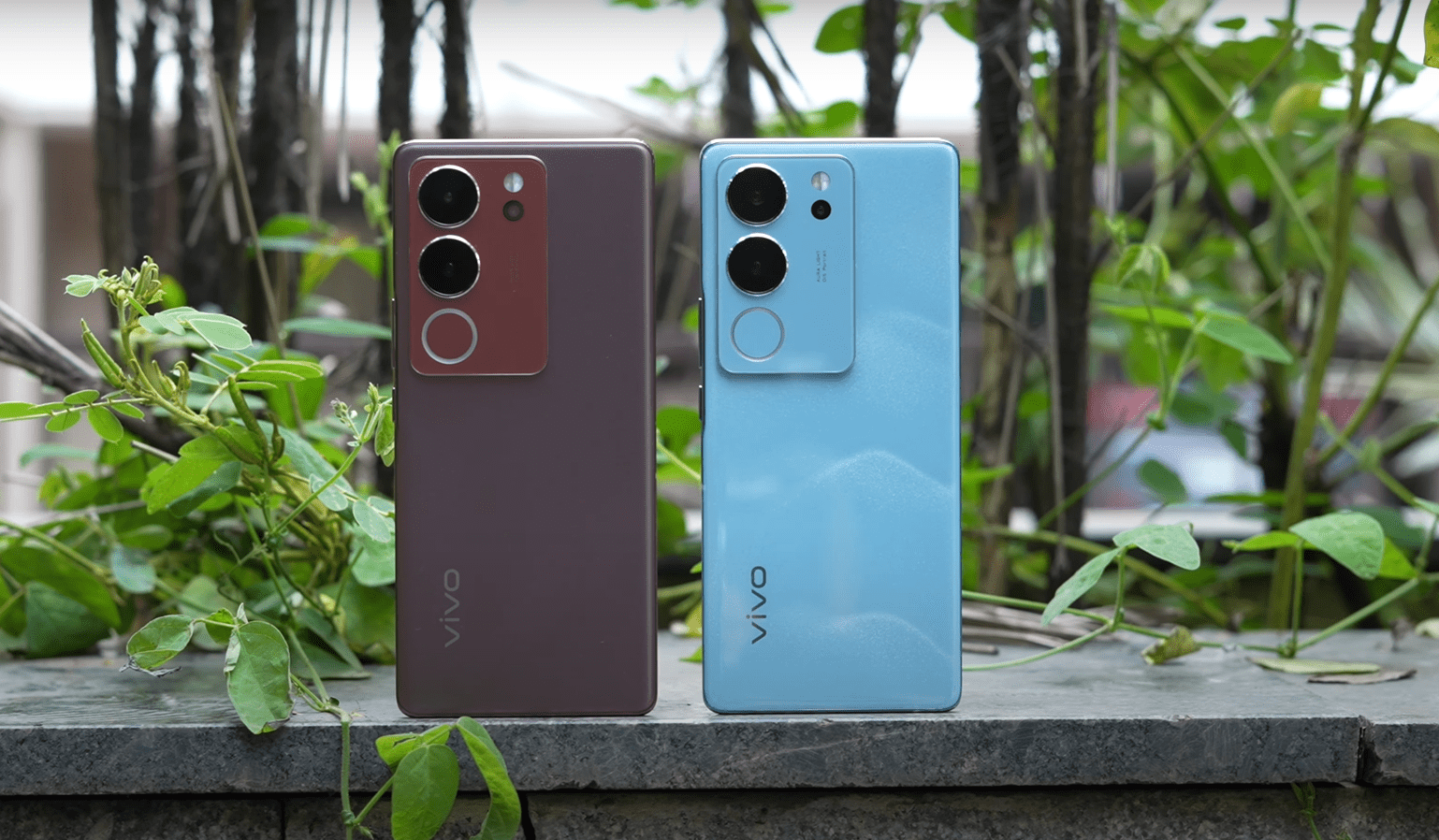A few years ago, a KES 100-billion ICT-based programme was launched by relevant industry players, primarily the Communications Authority of Kenya (CA). Dubbed the Universal Service Fund (USF), the kitty is financed by telecom operators who remit 0.5 percent of annual profits to the CA. Together with a special UFS Committee, the CA devises services that should be deployed to marginalized regions in the country.
The program has been lauded for what it has achieved and hopes to meet in the coming days. The gains derived from its executions were echoed earlier today when the CA held a breakfast forum to communicate the grounds it has covered, future prospects and the challenges it continues to face as it actualizes the USF mandate.
According to Mr. Francis Wangusi, CA Director General whose presentation was read by Mantano Ndaro (Director, competition, tariffs and market analysis at the CA), some licensees have not been consistent in their contributions. Specifically, broadcasters are lagging behind, but the CA hoped the matter is being handled at the moment. Nonetheless, the fund has made significant headways as far as the implementation of its two goals (voice infrastructure and offering high-speed internet to public schools) is concerned.
Developments
According to an ICT access gap projection conducted by a Canadian firm in 2016, about 94.4 percent of Kenyans have access to 2G voice service, whereas 5.6 percent or about 2.66 million people remain unserved. More specifically, 5,657 out of 7,149 sub-locations are fully covered. 418 sub-locations have less than 50 percent population coverage, whereas 164 sub-locations have 0 percent coverage.
Two licensed signal distributors serve Kenyans: PANG and SIGNET. In terms of broadcasting service gaps, the CA reports that services are available in all counties with about 63 Digital Terrestrial Television (DTT) in tow. Also, 139 FM radio stations have since been licensed.
As previously mentioned, the kitty is also tasked with education broadband connectivity projects in public high schools. This encompasses setting up systems that provided up to 5 Mbps downlink and 1 Mbps uplink internet connection in those learning institutions. Based on e-readiness prerequisites (a secure computer lab, availability of computers, a TSC computer teacher and KSCSE computer studies curriculum), 896 schools qualified. The cost of the project, which was put in place by three Tier 2 operators, was KES 837 million. Counties such as Machakos, Nairobi, Murang’a, Kiambu, Kakamega and Nandi are among those that have benefited from the program with more than 20 schools each.
Challenges
Carriers Safaricom and Telkom Kenya were tasked to set up cell stations to heighten voice penetration. While Safaricom is nearing completion, Telkom Kenya, which was allocated 10 cell stations, has faced some challenges in executing its contractual obligations. It has since been asked to finish setting up the stations by Q4.
Additional setbacks include insecurity cases especially in North Eastern Kenya, and this has caused delays in getting approvals from bodies such as NEMA. Inaccessibility to some sites is also a challenge as seen in Engambe, Kitui County.
Also, it has been found out some headteachers using broadband bandwidth for CCTV surveillance in their schools.
Finally, members of the public can make suggestions about how the UFS can be used to bridge the digital divide in the country.



